Introducing our new friend, multidisciplinary designer Sivan Ilan based in Philadelphia. Art, fashion, and textile design all intersect in her work, which ranges from weavings made from textile waste to a collection of hand-embroidered fashion made from upcycled designer denim and so much more. As an artist and designer, she’s driven by her values of mindfulness, community, and environmental responsibility, and considers them from beginning to end in her process. If you’re looking for insight on how to incorporate your core values more fluidly into your own work, we think her words will resonate in a big way.—Angela
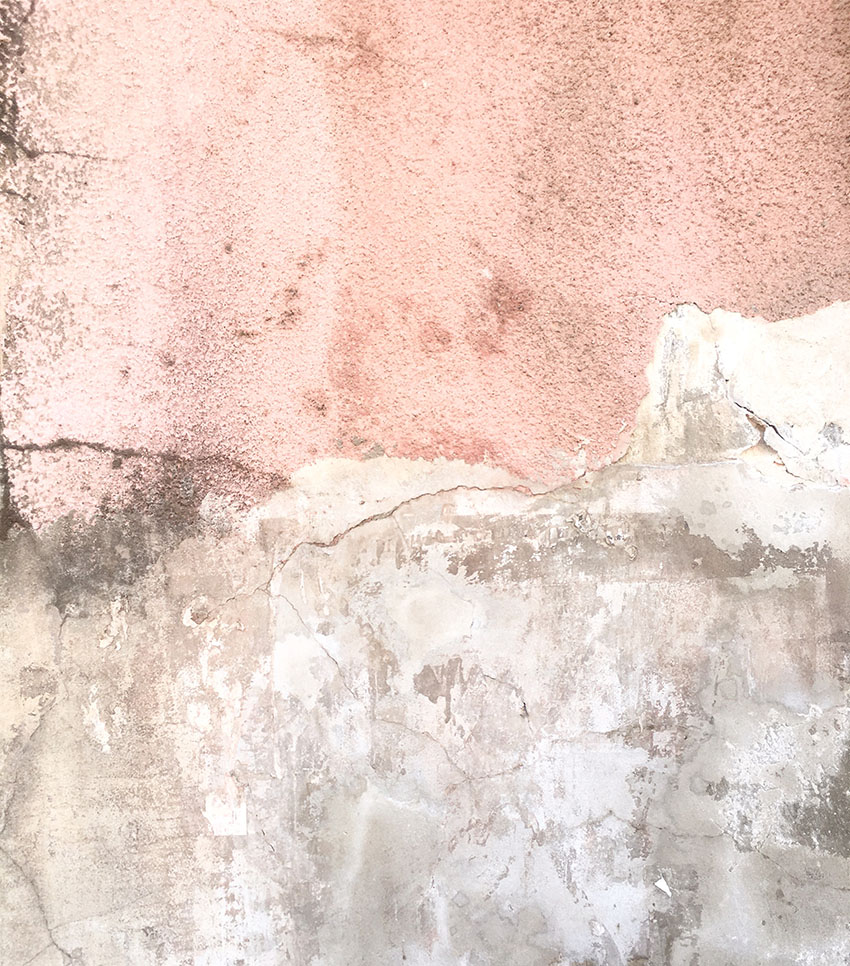
Before running your own creative studio, you worked with some larger fashion brands. How does your process differ now that you’re running your own business?
Working for big fashion brands has taught me lessons that are so incredibly fundamental about the how-to’s of building and running a successful business. I learned about the things that work, and more importantly about what doesn’t work. It allowed me to fail and make mistakes with multiple safety nets, something that’s not as safe to do when you’re running your own show.
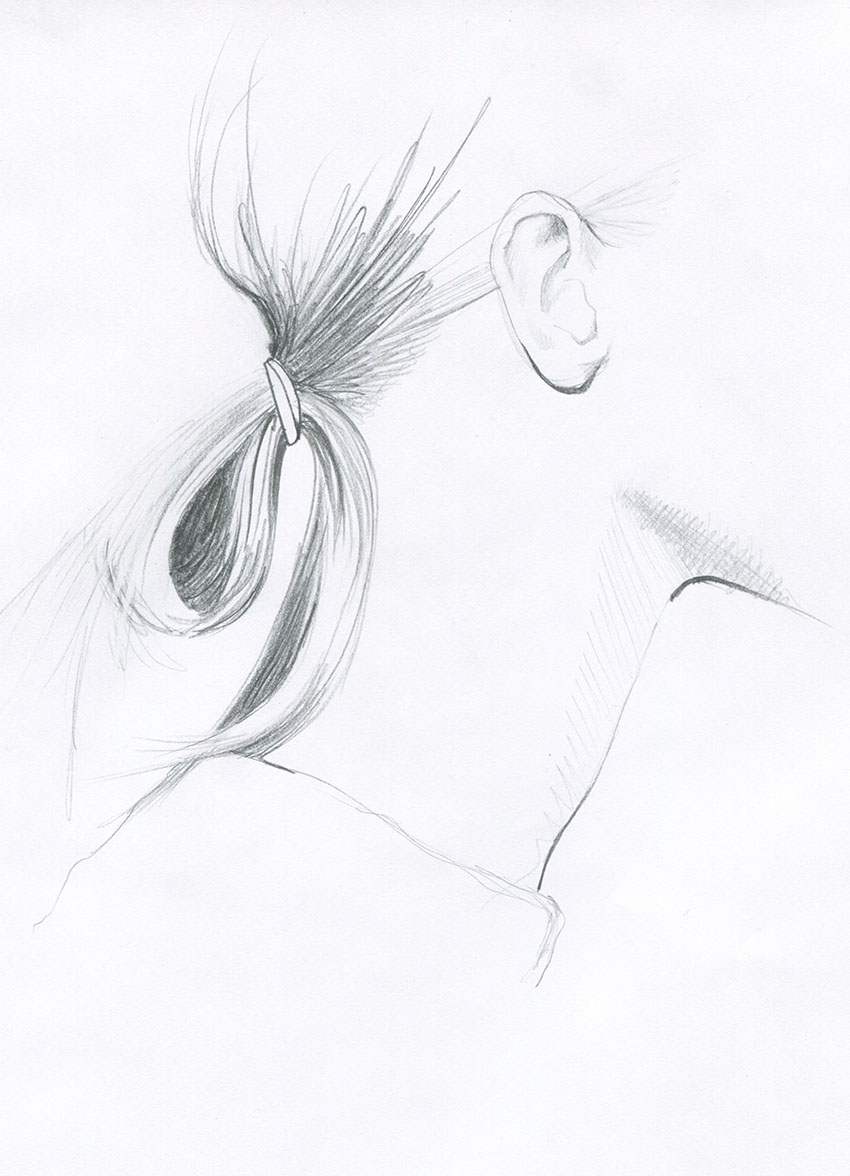
The greatest privilege about being my own boss is that I set and follow my own values: mindfulness, community, environmental responsibility. When designing for a bigger organization, especially in the fashion industry, some personal compromises might have to be made for the greater good of the company. A designer’s job is ultimately to be attuned and adapt to a market and a consumer, and that might not always align with your own creative vision.

Being a value-driven designer is gratifying and gives an immense sense of purpose that may not be easily attainable when working for a brand that’s motivated by sales and numbers more than making a positive impact.
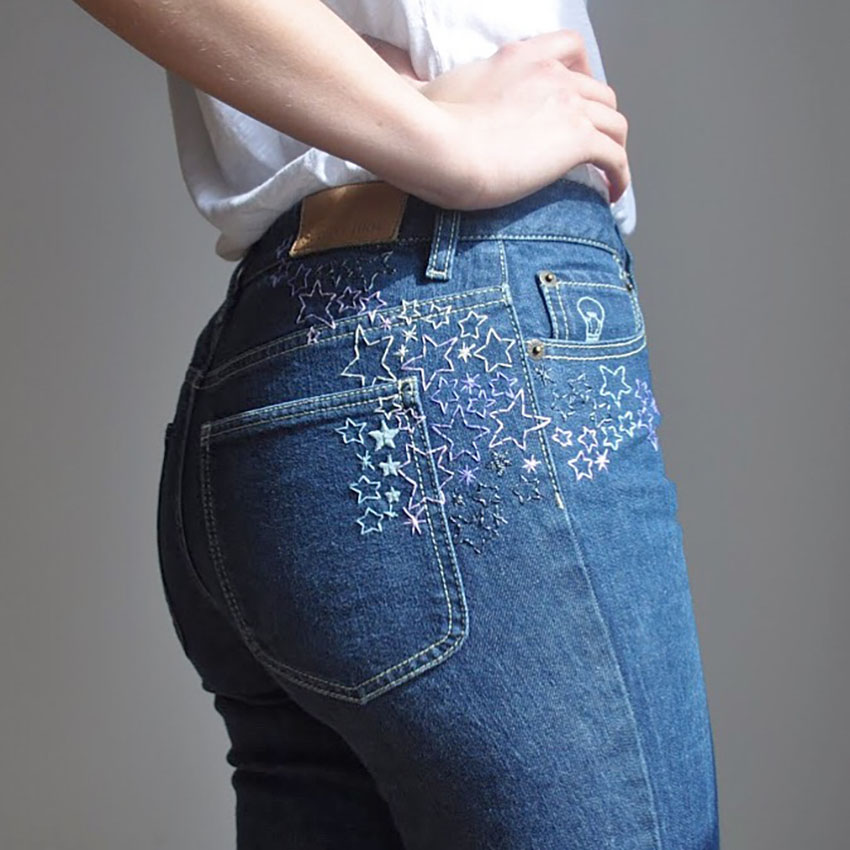
Another big plus about being a small business is how much more personable it gets. Getting to know customers, hearing their stories and understanding their needs and interests. Aside from the fact that it helps me greatly to fine-tune my work, it’s so rewarding to know there’s a real person who I’m creating for, rather than ambiguous data in a chart.
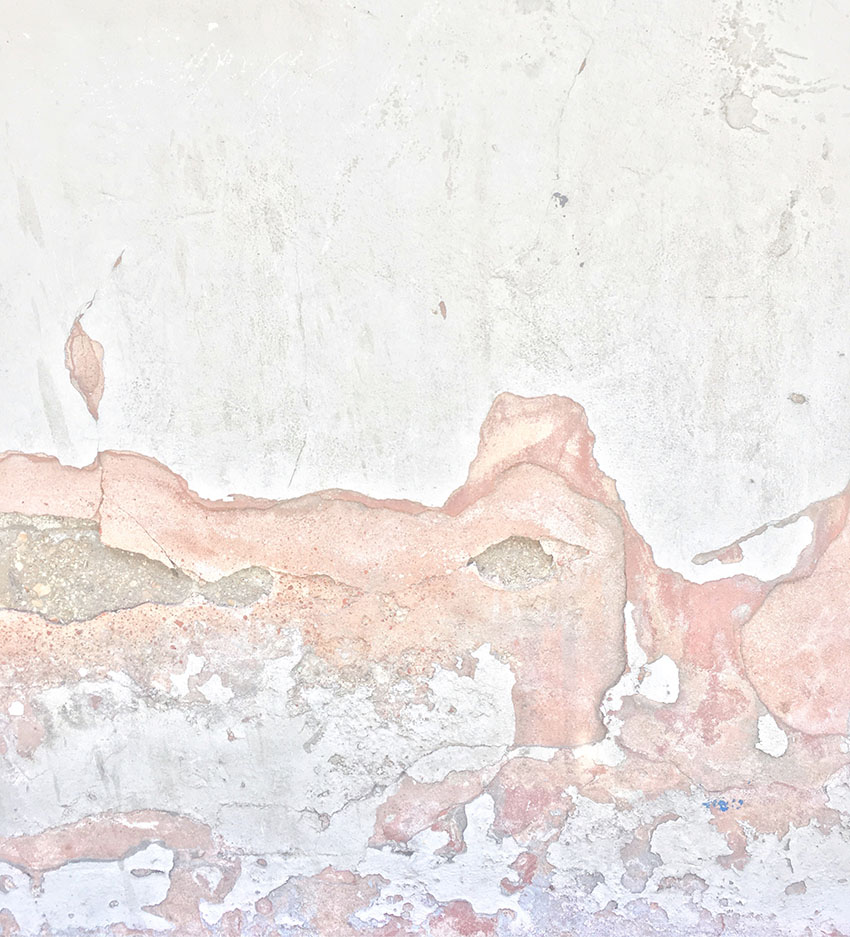
You’ve mentioned “recycling as a last resort”. What role does waste and recycling play in your business?
Problem solving is a fun exercise in creativity. It’s so important to me that I give thought to what materials I’m using and their impact on the user, the work and the environment. Rethinking purpose or end-use is a resourceful tool to optimize those materials and make sure they’re not being mindlessly discarded. It’s also a way to differentiate the product and offer an unusual or surprising element to aspects of design we might take for granted like merchandising, packaging and more. By upcycling and repurposing I’m eliminating the need to use virgin materials, and at the same time extending the lifecycle of the ones that I do choose to reuse.
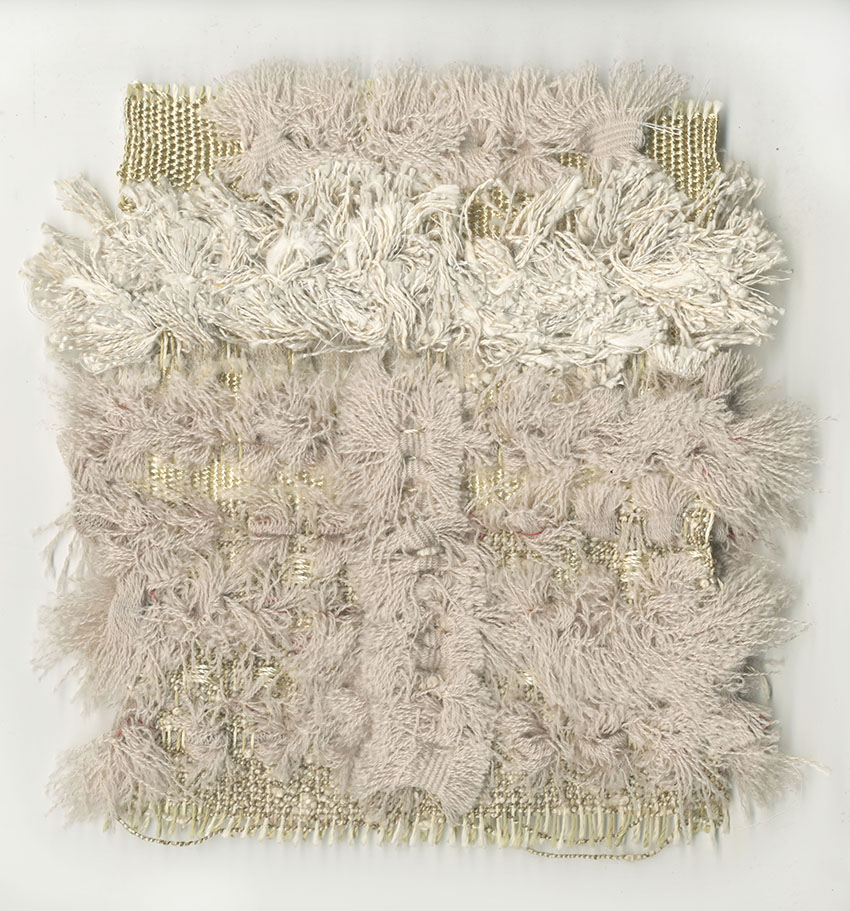
Eliminating waste is also a key component of staying sustainable, and actually starts at the beginning of the creative process, way before considering to upcycle or repurpose.
Being mindful is huge for me as a designer as well as an individual, and it often means being aware of a project’s needs and sticking to a plan. Upcycling, repurposing and recycling are all symptom-based design tools. They address the issue long after it originated. What we all really should be doing in the first place is act with intention and pay attention to generating any excess we may at later encounter as a by-product of the design process.
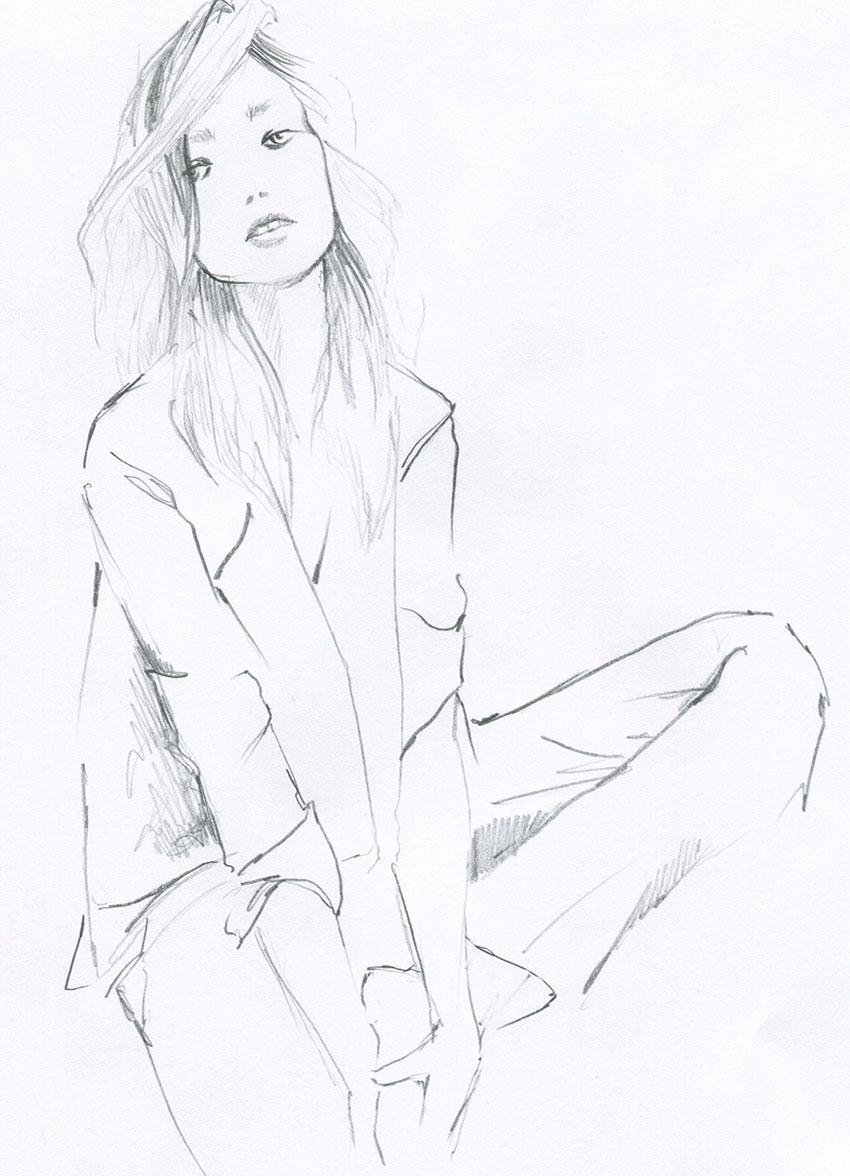
How many fashion brands think about the waste issue before they even begin? That’s what we need to be doing. See more of Sivan’s work at sivanilan.com and on Instagram or Etsy.
your two cents